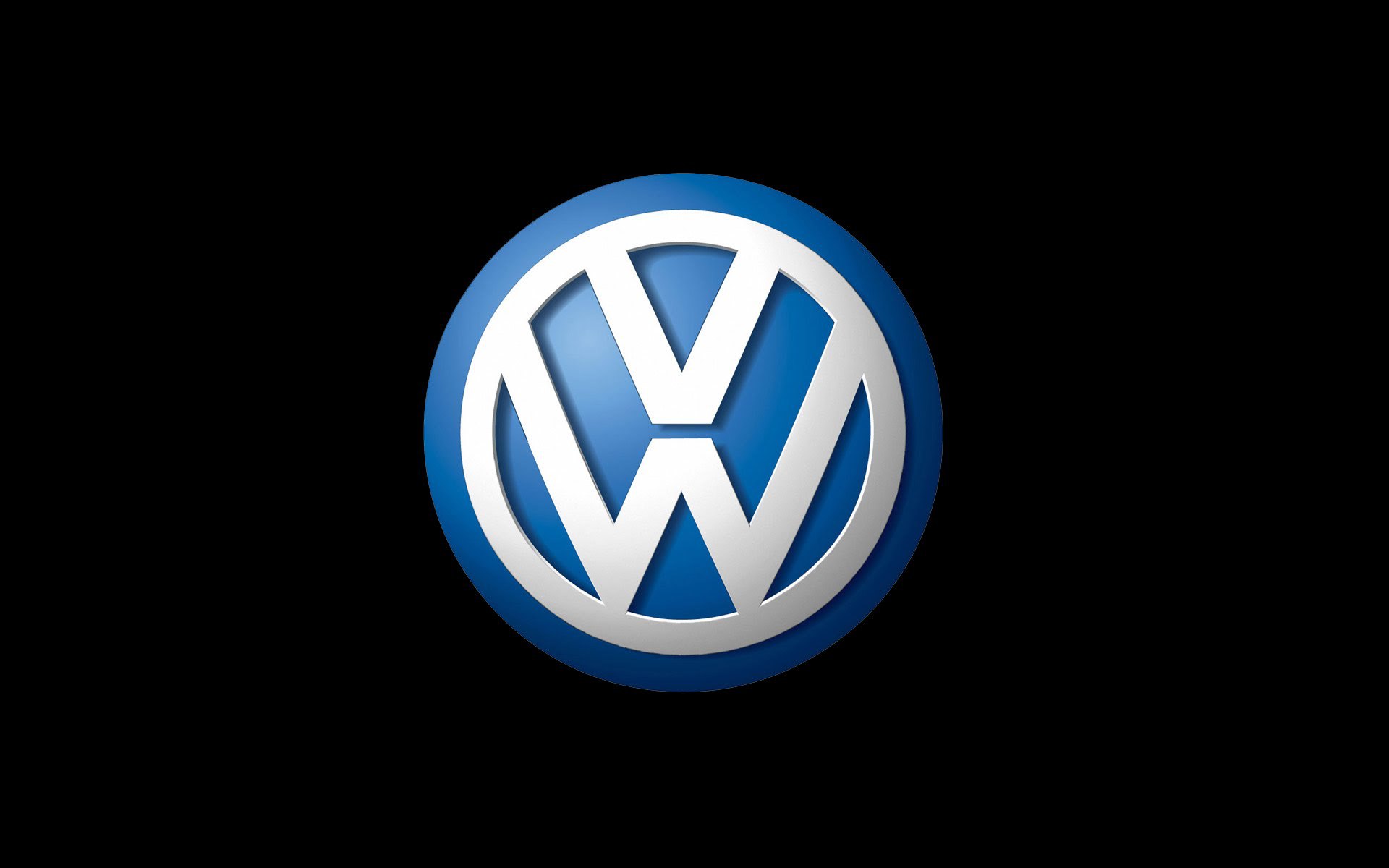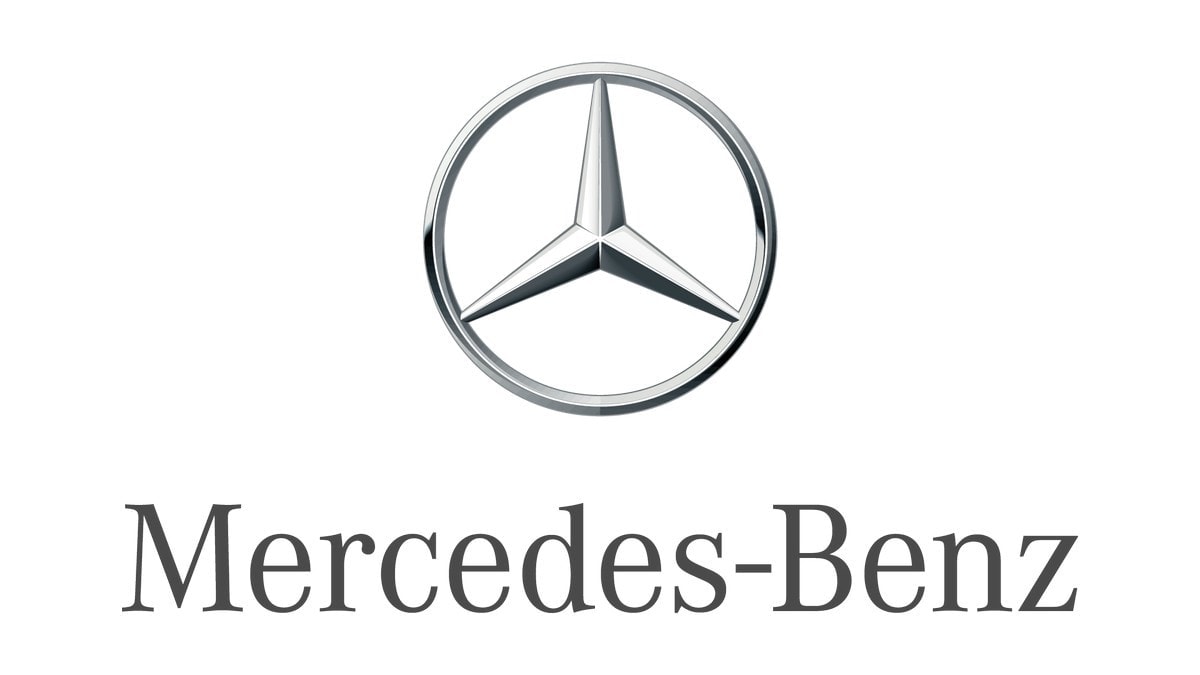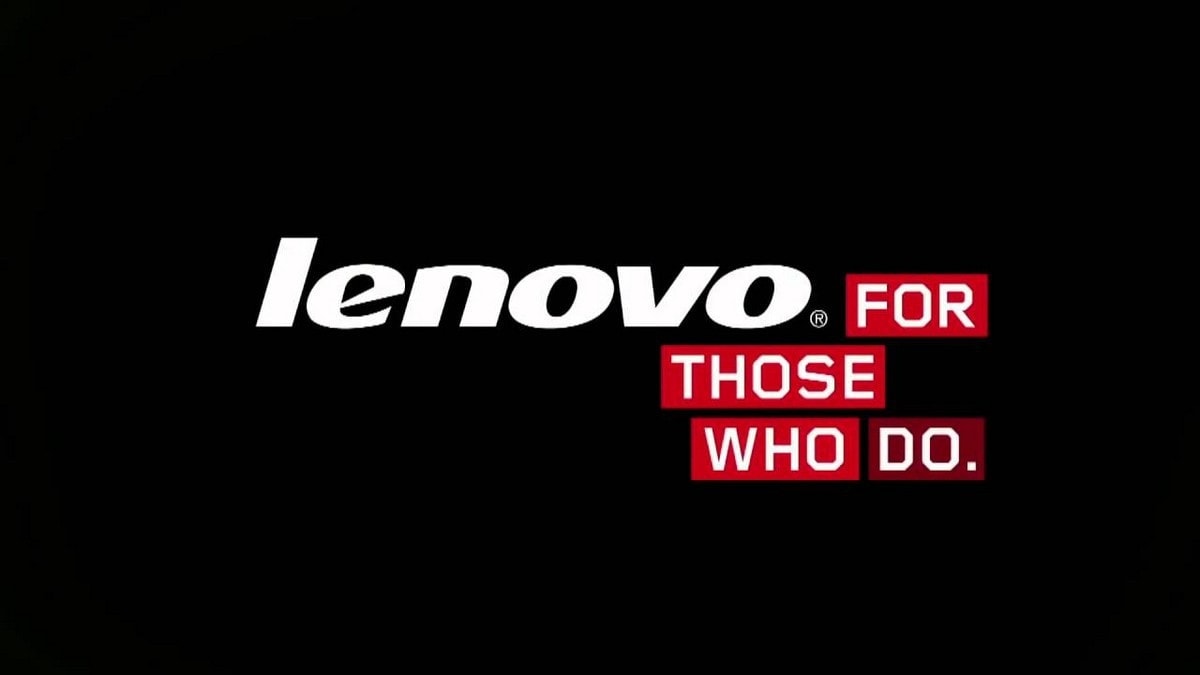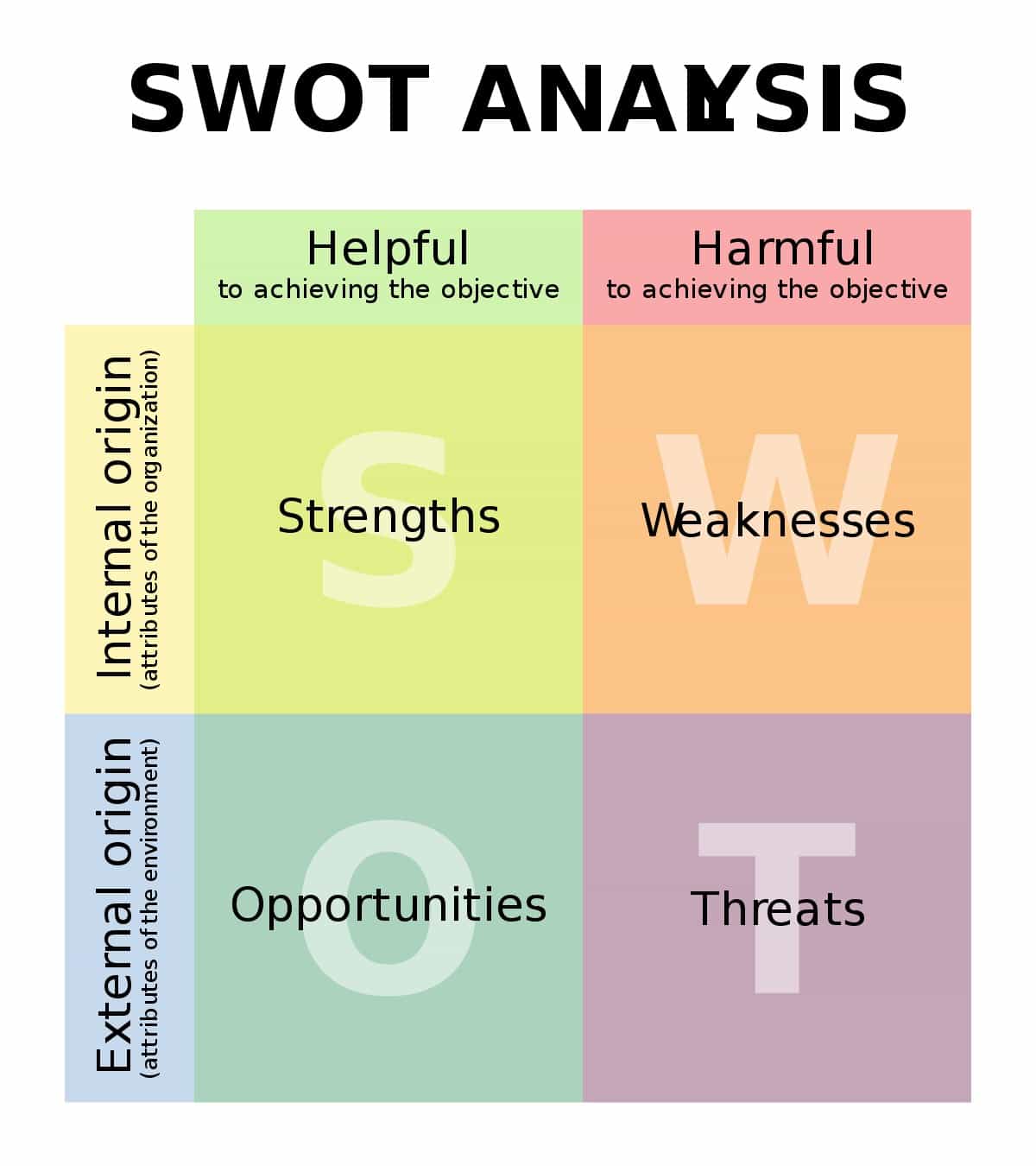
Marketing Strategy of Volkswagen - Volkswagen Marketing Strategy
Marketing Strategy of Volkswagen – Volkswagen Marketing Strategy
Founded in 1937 the Volkswagen Group is the Europe largest automaker handling 12 brands such as Audi, Seat, Skoda, Bentley, Porshe, Lamborghini, Scania, Ducati, Man, Bugatti, Volkswagen and Volkswagen commercial vehicles. It primarily is in two businesses: the automotive business and the Financial Services business.
The Automotive business deals in Passenger Cars as well as Commercial Vehicles/Power Engineering Business while the financial service vertical deals in customer financing services, fleet management and leasing.
Table of Contents
Segmentation, targeting, positioning in the Marketing strategy of Volkswagen –
Since Volkswagen operate in 12 independent brands, the group mix of demographic, psychographic, geographic segmentation variables to cater to the needs of the customers in existing as well as emerging economies.
It uses differentiated targeting strategy for offering the specific products to the specified segments of customers of different group brands.
Positioning helps in understanding where the products stand in the mind of the potential customer and the image built in their mind. The majority of its brands are in the premium segment and therefore the group use value-based positioning strategy to create emotional and inspirational connect with the customers.
Marketing mix – Here is the Marketing mix of Volkswagen.
SWOT analysis – Here is the SWOT analysis of Volkswagen.
Mission- “Mobility for everyone”
Vision- “To Provide customers Cars & components which are manufactured by the motivated and innovative team in the environment-friendly ecosystem and should be of highest quality, competitively priced & viable in long run. ”
Tagline-“Das Auto”
Competitive advantage in the Marketing strategy of Volkswagen –
Strong brand portfolio: Handling world’s strong automotive brands and co-creating their efficient ecosystem and operational support system have helped the company in being competitively ahead of its peer companies in the industry.
Financially Strong Group: With such broad product portfolio of each brand under the umbrella brand architecture of the group the financial management cannot be doubted.
Low operational Cost: Economies of scale in its various operational, manufacturing & production processes has helped the brand in keeping its operational cost low thereby spending more on branding and advertising activities.
BCG Matrix in the Marketing strategy of Volkswagen –
BCG matrix helps the company in understanding its competitive position in the industry and work upon the loopholes accordingly.
In the automotive business, Audi, Bentley, Porshe, Lamborghini, Bugatti, Volkswagen, and Ducati are stars in the BCG matrix whereas Scania, Seat, Skoda, Man, and Volkswagen commercial vehicles businesses are still struggling and therefore are a question mark in the BCG matrix.
It financial services business is the supporting division which assists and provide financial assistance to the group companies and is, therefore, Stars in the BCG matrix.
Distribution strategy in the Marketing strategy of Volkswagen –
The group is extensively using its dealership networks and expanding it to the developing nations to make their brands available to the existing as well as new markets. In the year 2015, the distribution expenses rose from 16% to 23515 Million Euro. By closely working with dealership networks and optimising its operational efficiency for increasing the profitability is a win-win situation for both company and dealers.
Brand equity in the Marketing strategy of Volkswagen –
Handling these brands and their visibility campaigns is the challenging task for the group. Cross-branding activities have helped the group by increasing its visibility in the market by minimising the operational /branding cost.
Competitive analysis in the Marketing strategy of Volkswagen –
The automotive market is very competitive with companies eating up each other’s market share. There is an increase in deliveries to the customers which is the indication of the increase in sales and better customer service, acceptance of the brand and high customer satisfaction.
Volkswagen group competes on the basis of experience in handling the large & giant automotive brands.
Market analysis in the Marketing strategy of Volkswagen –
The growth of automobile market has been affected by several bottlenecks such as the government regulations increase in labour cost, infrastructure cost, volatility in the fuel prices, currency fluctuations, or the competition in the market. The automotive industry is already crowded with a large number of MNC’s players.
Customer analysis in the Marketing strategy of Volkswagen –
Since the group handles a large number of brands in different customer segment so it has offerings for middle-upper or upper-income class customer groups. Its financial services business supports its automotive business across the globe.










